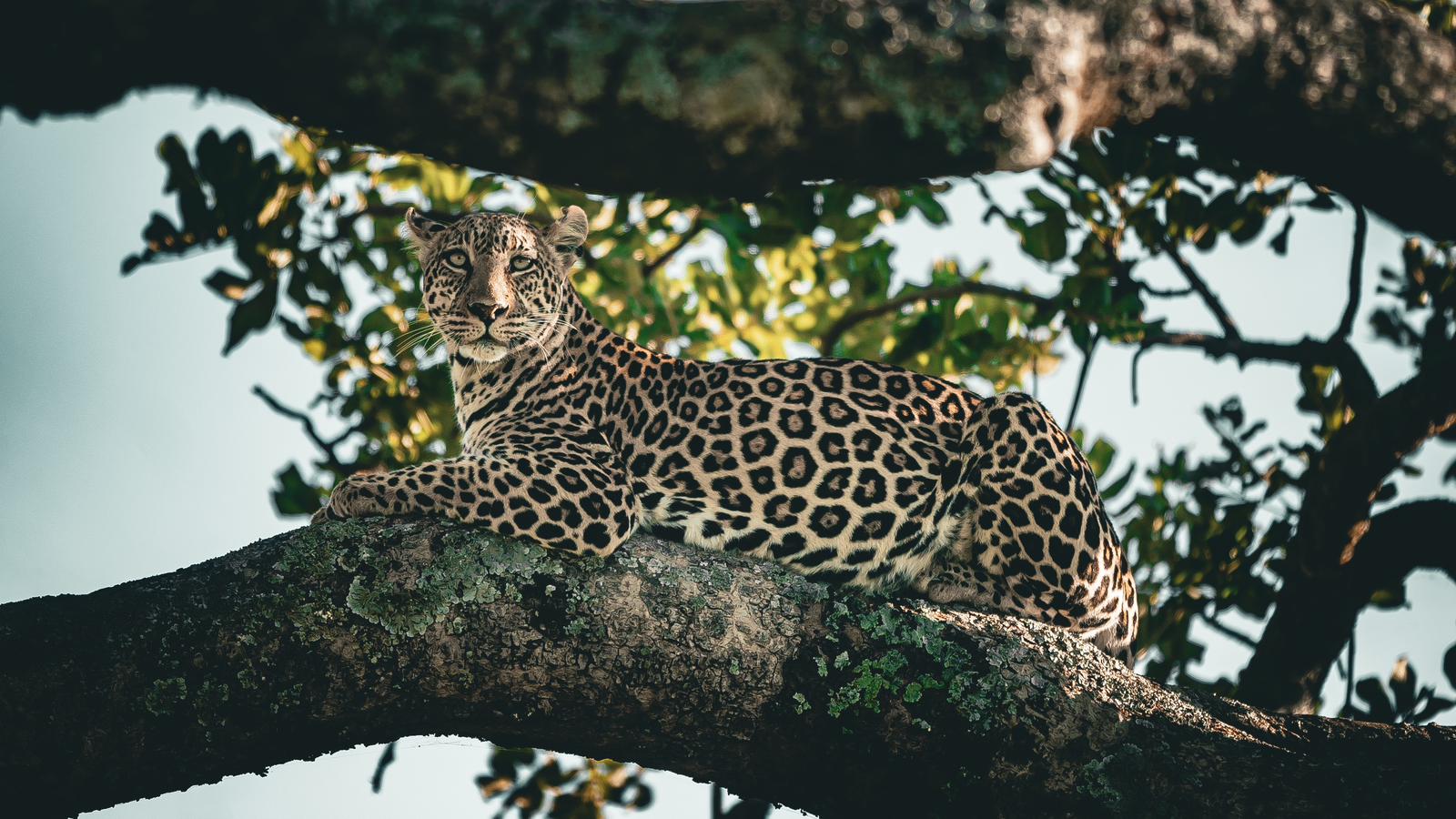Mikumi National Park is the fourth largest national Park in Tanzania located within the north of the Selous Game reserve in the Morogoro region also bordered by the Uluguru Mountains in the North and Rubeho Mountains to the south-east thus its position in location makes it a varied and pleasant safari circuit. The park has a wide variety of wildlife that can be easy spotted and also well acclimatized to game viewing. Its proximity to Dar es Salaam and the amount of wildlife that live within its borders makes Mikumi National Park a popular option for weekend visitors from the city, or for business visitors who don’t have to spend a long time on an extended safari itinerary.
Most visitors come to Mikumi National Park aiming to spot the ‘Big Five’ (cheetah, lion, elephant, buffalo, and rhino). Hippo pools provide close access to the mud-loving beasts, and bird-watching along the waterways is particularly rewarding.
The open horizons and abundant wildlife of the Mkata Floodplain, the popular centre piece of Mikumi, draws frequent comparisons to the more famous Serengeti Plains. Lions survey their grassy kingdom – and the zebra, wildebeest, impala and buffalo herds that migrate across it – from the flattened tops of termite mounds, or sometimes during the rains, from perches high in the trees. Giraffes forage in the isolated acacia stands that fringe the Mkata River, islets of shade favoured also by Mikumi’s elephants.
Criss-crossed by a good circuit of game-viewing roads, the Mkata Floodplain is perhaps the most reliable place in Tanzania for sightings of the powerful eland, the world’s largest antelope. The equally impressive greater kudu and sable antelope haunt the miombo-covered foothills of the mountains that rise from the park’s borders.
Wildlife viewing
The park is well-known for its population of elephants, giraffes, buffaloes, zebras, elands, greater Kudu, wildebeest, roan and sable antelope, buffalo, Burchell’s zebra, sable, eland, Liechtenstein’s hartebeest, spotted hyena and yellow baboons. Predators include large numbers of tree-climbing lions, leopards, wild hunting dogs and black-backed jackals. It is also common to see lions and sometimes giraffes and leopards along the Tanzania-Zambia highway, especially in the evening or night. In the two pools north of Mikumi’s main park gate, hippos are frequently joined by flocks of open-billed storks and other water birds. The surrounding mountains and hills bring compelling natural beauty with addition to superb light, making it a wonderful venue for wildlife photographers. Zebra, wildebeest, impala and buffalo can be found on the grassy plains.
Birds
More than 400 species of birds have been recorded here including Eurasian migrants such as red billed oxpecker, marabou stork and lilac breasted roller, which stays between October and April. There are more interesting bird species in the Miombo woodland, for example, Shelley’s double collared sunbird, pale billed hornbill and violet-crested Turaco as well as violet-backed starling, yellow-throated longclaw and the bateleur eagle.
Activities
These are some of the activities which visitors can consider during their visit in the National Park.
Game drives: Visitors on safari game drives will find lions surveying their grassy kingdom, gazing at buffalo herds migrating below as well as the flattened tops of termite mounds.
Walking safaris: Explore the African safari experience with a local guide on a day trip walking safari, an authentic and economical means of exploring the wildlife and local viewing points including the vuma trail and Kikogoba trail.
Bird watching: With an incredible range of birds to view including the Zanibar red bishop and the yellow throated long claw, many visitors come just for the birding park tours, a special experience with colorful common residents such as the lilac-breasted roller.
Picnic: Experience a relaxing lunch whilst on a game drive with picnic sites located in Mkata plains and Kusungura.
Accessibility
By Air
Safaris to Mikumi usually start from Tanzania’s east coast city and are popular with visitors from South Africa. From there, Mikumi National Park is a 4 hours’ drive.
International flights into the country arrive into Dar es Salaam (DAR) airport for visitors wondering how to get to Tanzania. DAR airport is located 18km south of Dar es Salaam and a Tanzania visa and certain vaccinations may be required to enter the country.
By Road
A good surfaced road connects Mikumi to Dar es Salaam via Morogoro, a roughly 4 hours’ drive. Also road connections to Udzungwa, Ruaha and (dry season only) Selous are available. Local buses run from Dar to park HQ where game drives can be arranged.
Accommodation
Mikumi National Park offers a variety of accommodation options including lodges. There are Two lodges, three luxury tented camps, three campsites. Guest houses in Mikumi town on the park border. One lodge is proposed at Mahondo and one permanent tented camp at Lumaaga.
Safari camps at Mikumi National Park for visitors to choose from include: The campsites in the public sector are named 1, 3 and 5 and are located in Vuma Hills and Mkata Plains with bathrooms and toilets available. The private campsite in the Vuma area is known as Campsite 4.
Best time to visit
Wildlife viewing in Mikumi is fine throughout the year, the best time to visit however is from late June to October (the Dry season). At this time vegetation is thinner, and animals gather around waterholes. The end of the Dry season (September and October) is particularly rewarding as big herds of animals come to drink at the last sources of water.
